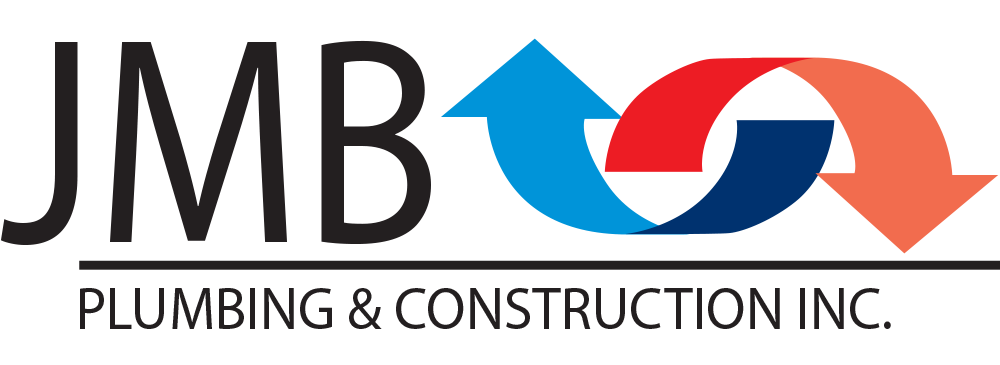How much do leaks really cost you?
Can a dripping faucet really cost you money every month? Is it ok to wait to fix a minor leak?
Maintaining a well-functioning plumbing system is essential for the comfort and functionality of any home. However, even minor issues with plumbing fixtures can have a significant impact on your utility bills. From dripping faucets to running toilets, these seemingly small problems can add up over time, resulting in wasted water and higher expenses. In this blog post, we'll explore just how much broken plumbing fixtures can cost you on your utility bill and why it's crucial to address them promptly.
Understanding the Impact of Broken Plumbing Fixtures: Broken plumbing fixtures, such as leaky faucets, showerheads, or toilets, may seem like minor nuisances, but their consequences can be far-reaching. Even a slow drip from a faucet or a continuously running toilet can waste a surprising amount of water over time. According to the Environmental Protection Agency (EPA), a faucet that drips at a rate of one drip per second can waste more than 3,000 gallons of water per year, while a running toilet can waste hundreds of gallons of water each day.
The Cost of Wasted Water: The cost of wasted water due to broken plumbing fixtures can add up quickly on your utility bill. In addition to paying for the water that is actually used, you'll also be charged for the water that goes to waste. With the average cost of water increasing in many areas, this wastage can result in significantly higher water bills each month. Moreover, if left unaddressed, these issues can lead to even more severe damage to your plumbing system, resulting in costly repairs down the line.
Calculating the Financial Impact: To understand the financial impact of broken plumbing fixtures on your utility bill, let's consider a few examples:
Leaky Faucet: A faucet that drips at a rate of one drip per second can waste around 3,000 gallons of water per year. If the cost of water in your area is $0.01 per gallon, that's $30 wasted annually just from a single leaky faucet.
Running Toilet: A running toilet can waste hundreds of gallons of water per day. Assuming a conservative estimate of 200 gallons wasted daily and a cost of $0.01 per gallon, that's $60 wasted each month, amounting to $720 per year.
Leaky Showerhead: A leaky showerhead can waste a significant amount of water during each use. If each shower lasts for 10 minutes and the leak results in an extra gallon of water used per minute, that's 365 extra gallons wasted per year. At $0.01 per gallon, that's $3.65 wasted annually per showerhead.
Addressing the Issue: Given the potential financial implications, it's essential to address broken plumbing fixtures promptly. While some issues may be easy to fix with basic DIY repairs, others may require the expertise of a licensed plumber. In either case, investing in timely repairs can save you money in the long run by reducing water waste and lowering your utility bills.
Tips for Preventing Water Waste: In addition to addressing existing issues, there are several proactive steps you can take to prevent water waste and minimize your utility expenses:
Regular Maintenance: Schedule regular inspections of your plumbing system to identify and address any potential issues before they escalate into costly problems.
Upgrade to Water-Efficient Fixtures: Consider replacing older, inefficient plumbing fixtures with water-saving models. Low-flow faucets, showerheads, and toilets can significantly reduce water consumption without sacrificing performance.
Practice Water Conservation: Encourage water-saving habits among household members, such as turning off faucets while brushing teeth, taking shorter showers, and fixing leaks promptly.
Conclusion: Broken plumbing fixtures can have a substantial impact on your utility bill, resulting in wasted water and higher expenses. By understanding the financial implications of these issues and taking proactive steps to address them, you can minimize water waste, lower your utility bills, and ensure the long-term efficiency of your plumbing system. Remember, a small investment in timely repairs and water-saving measures can lead to significant savings over time.
Read more from the EPA about leak detection, prevention and maintenance.
Got a leak you can’t fix yourself? Contact us today to get an experienced plumber to your home to address the issue.

